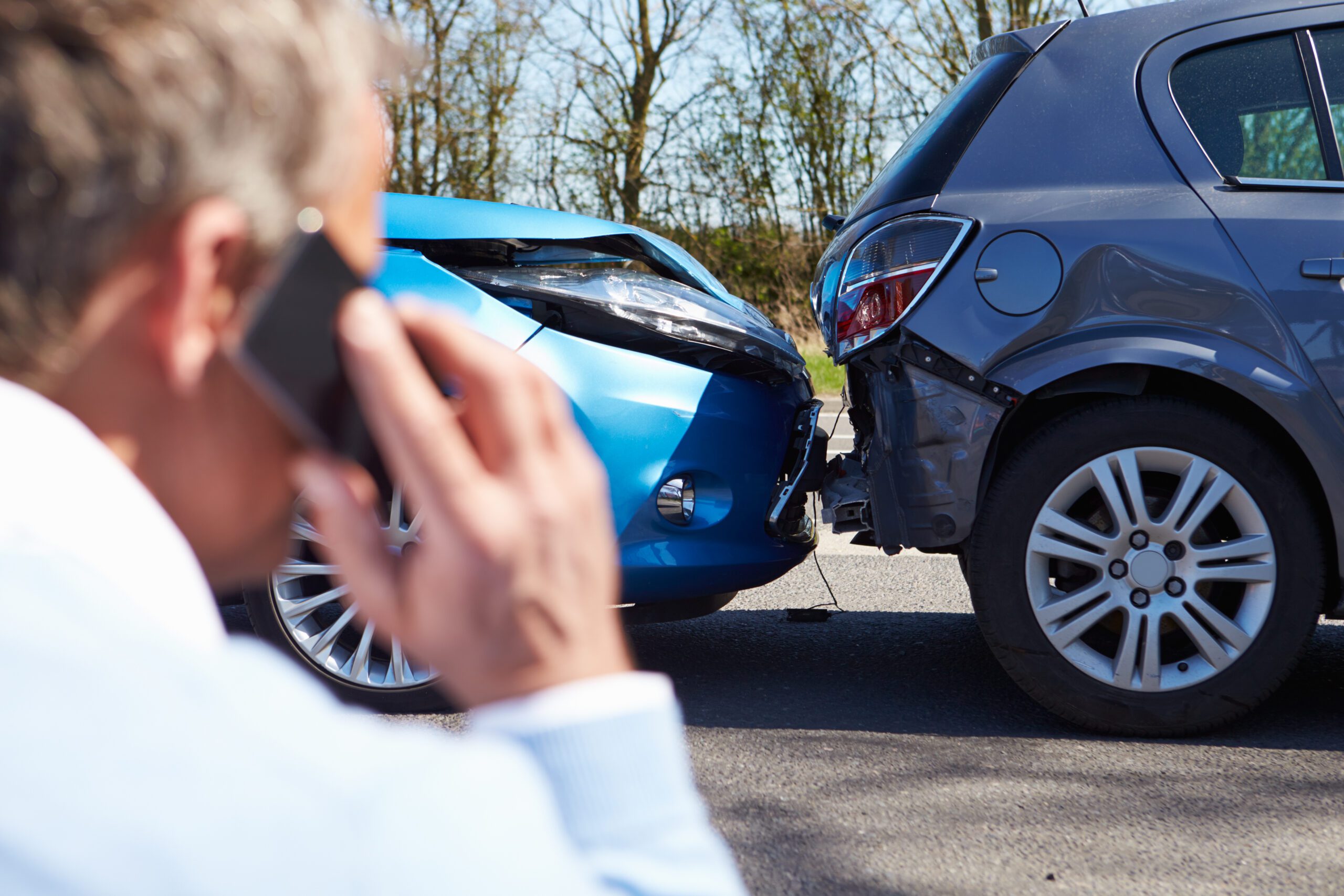Can You Sue For A Rear-End Collision?
Published in Car Accidents on August 27, 2024

Reading Time: 4 minutes
After a rear-end collision, Massachusetts drivers may be left with hefty repair bills, or even significant medical expenses. These costs can quickly add up as you discern how to move forward from the accident. If you or a loved one have experienced a rear-end collision, you may be able to sue for damages and help alleviate some financial burden as you recover.
What is a rear-end collision?
A rear-end collision is a motor vehicle accident in which one driver hits the back of another vehicle. These often happen at red lights or when drivers need to make unexpected or unusual stops.
Accidents like this can also occur if a driver is behaving erratically on the road or does not have properly functioning brake lights that inform others when they are preparing to stop. Rear-end collisions can happen at both slow and fast speeds, which can factor into the total amount of resulting damage.
Determining fault in a rear-end collision
In Massachusetts, as in most states, the driver that hits the back of the other vehicle is usually held liable for a rear-end collision. Often, law enforcement will cite an unsafe following distance or overall speed as the reason for the crash, putting the majority of the blame on the driver that caused the impact.
Modified comparative negligence
The state of Massachusetts permits for modified comparative negligence in most auto accidents. In essence, this means that it is possible for both or all drivers involved in a collision to share different portions of the blame.
In Massachusetts, the modified comparative negligence bar currently sits at 51%. Simply put, this means that, as long as you bear less than half of the fault for an accident, you are eligible to recover some or all of the damages sustained to yourself and your vehicle.
Suing for a rear-end collision
If you believe that you were not the one most responsible for a rear-end collision, you may be able to sue for damages. However, certain criteria must be met, and you must have evidence to support your case.
Reaching a sufficient level of damage
In order to file a lawsuit regarding damages sustained during an auto accident, you must have suffered damages surpassing the minimum amount paid by no-fault auto insurance.
The exact amount sufficient to exceed no-fault auto insurance laws can vary, but it is usually less than $10,000. If your hospital bills, car repairs, ongoing therapy costs or other expenses related to the accident total to a higher number than this threshold, then you may proceed with filing a lawsuit in Massachusetts.
Evidence used when determining fault in an auto accident
A number of different factors are considered when deciding who carries the blame in the car accident. In court, a judge may accept various pieces of evidence from the scene of the accident.
- Police report: In virtually any court case related to an auto collision, the official police report will be considered as a primary piece of evidence. This report is created by the law enforcement officer or sheriff that responds to your auto accident. The report will contain what the police officer saw, along with any witness statements or statements from the parties involved.
- Physical evidence at the scene of the crash: Plenty of information can be gleaned from the accident site itself. Skid marks and shrapnel from impacted vehicles can indicate who crashed into whom, as well as point to external factors that may have had a hand in the collision. Surrounding property damage can also support details of the incident reported by either party.
- Photographic or video footage of the accident: Nearby businesses may be asked to share security camera footage from the time of the accident. If any of the involved parties have an active dashcam, they may also be required to submit that video feed to the court. Private security systems may also have documented the collision. While not available in every case, having a clear visual of what happened can be key in determining fault.
- Testimony from witnesses: If other people saw or heard the accident take place, and they can be located, their accounts of the events can be considered in an auto accident lawsuit. These testimonies can be collected by police as they write their report or by a legal council after the event.
Moving from claim to lawsuit
After any auto accident, one of the first actions you will want to take is contacting your auto insurance agency. Often, you will need to make a call in order to file a claim, but some agencies now allow you to submit photos and other details online.
In either case, you will need to provide information about the accident, such as when and where it took place, in order to open a claim. At this point, you may be able to receive some level of compensation.
However, for a number of reasons, your insurance may deny your claim or offer you too little to sufficiently compensate for the damages sustained. Situations such as these can open the door to filing a lawsuit against your insurance company.
In the event that the rear-end crash was caused by an uninsured driver, you may have to use your own insurance coverage to pay for medical expenses. If your expenses exceed the limits of your coverage, you may have grounds to sue the uninsured driver.
Get support from a lawyer for your rear-end collision case
If you are a victim of a rear-end collision, you deserve the maximum level of compensation. Sometimes, the best way to acquire that is by going to court. A Massachusetts car accident lawyer can assist you in building your case by collecting evidence, interviewing witnesses and ensuring that the court will hear the full extent of your claim.
Recruit a team with a history of winning car accident cases. When an auto collision occurs, Sweeney Merrigan Personal Injury Lawyers will fight for every dollar that you are owed. Get in touch with us today to get started on your case.
Comments are closed.










